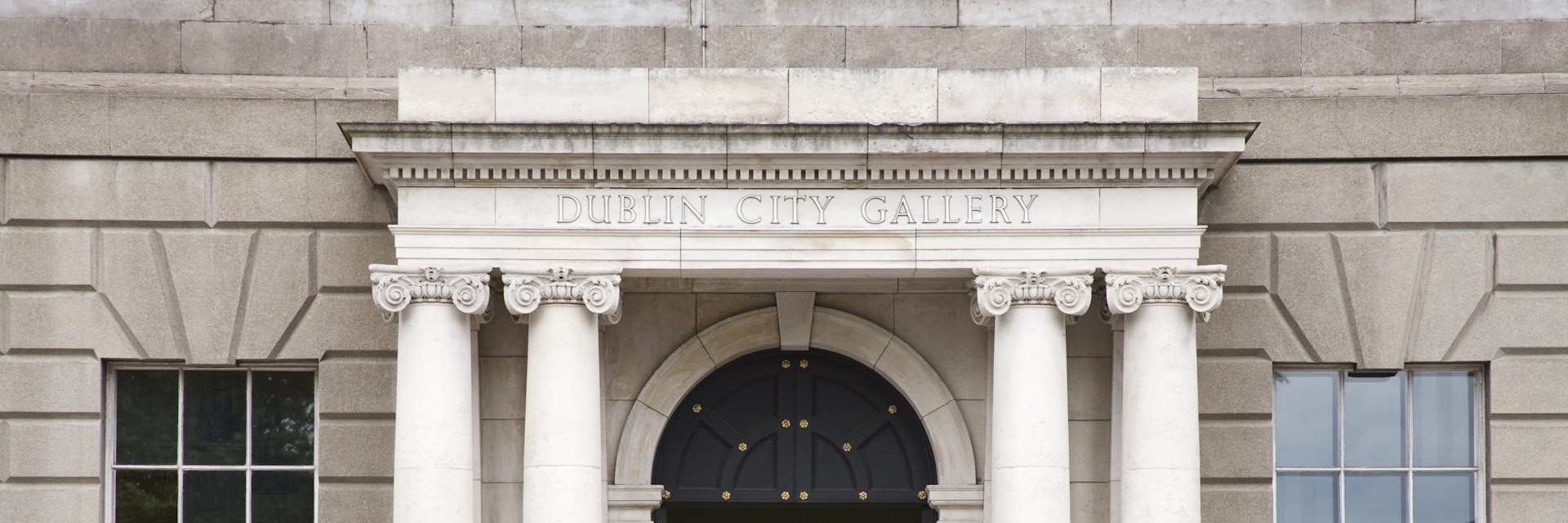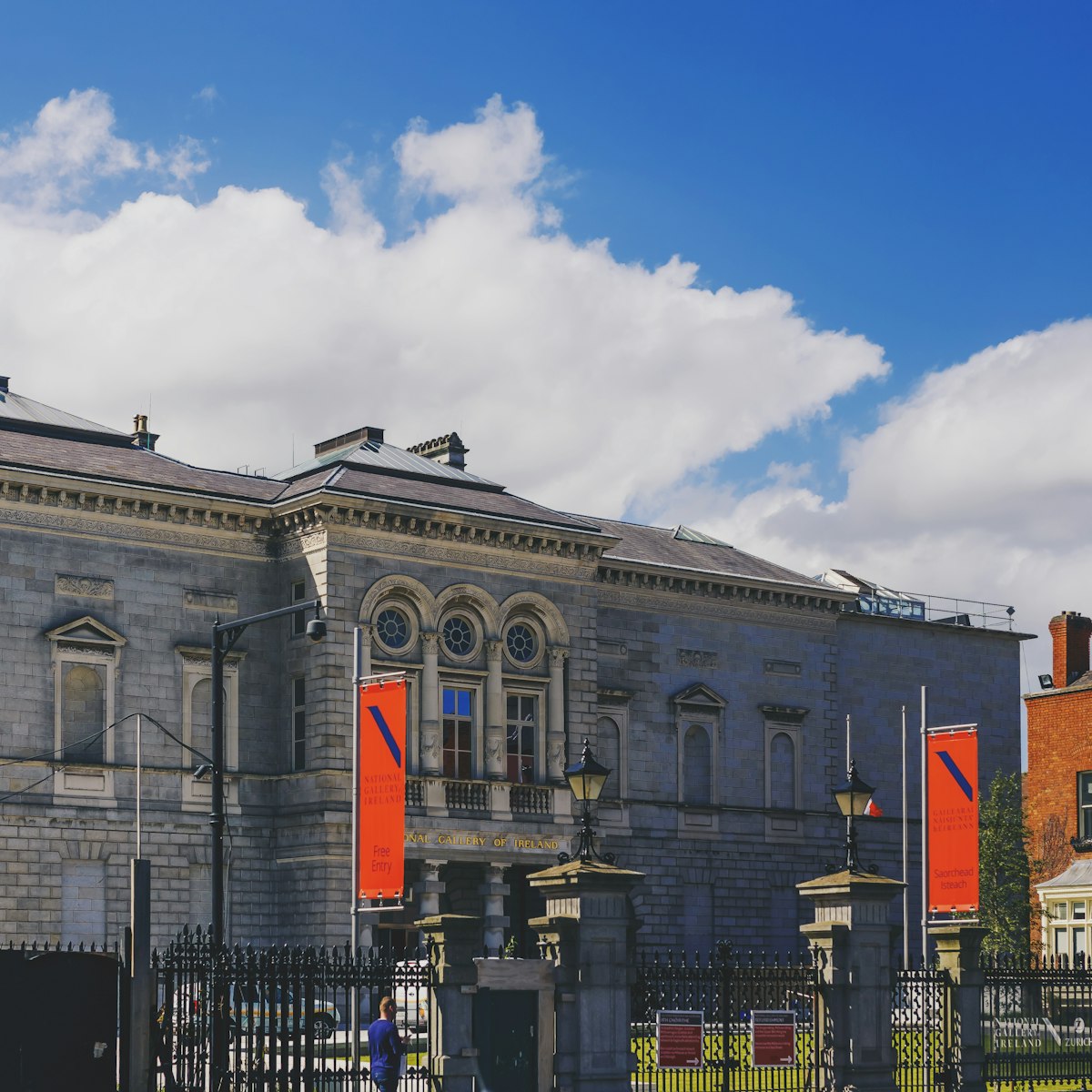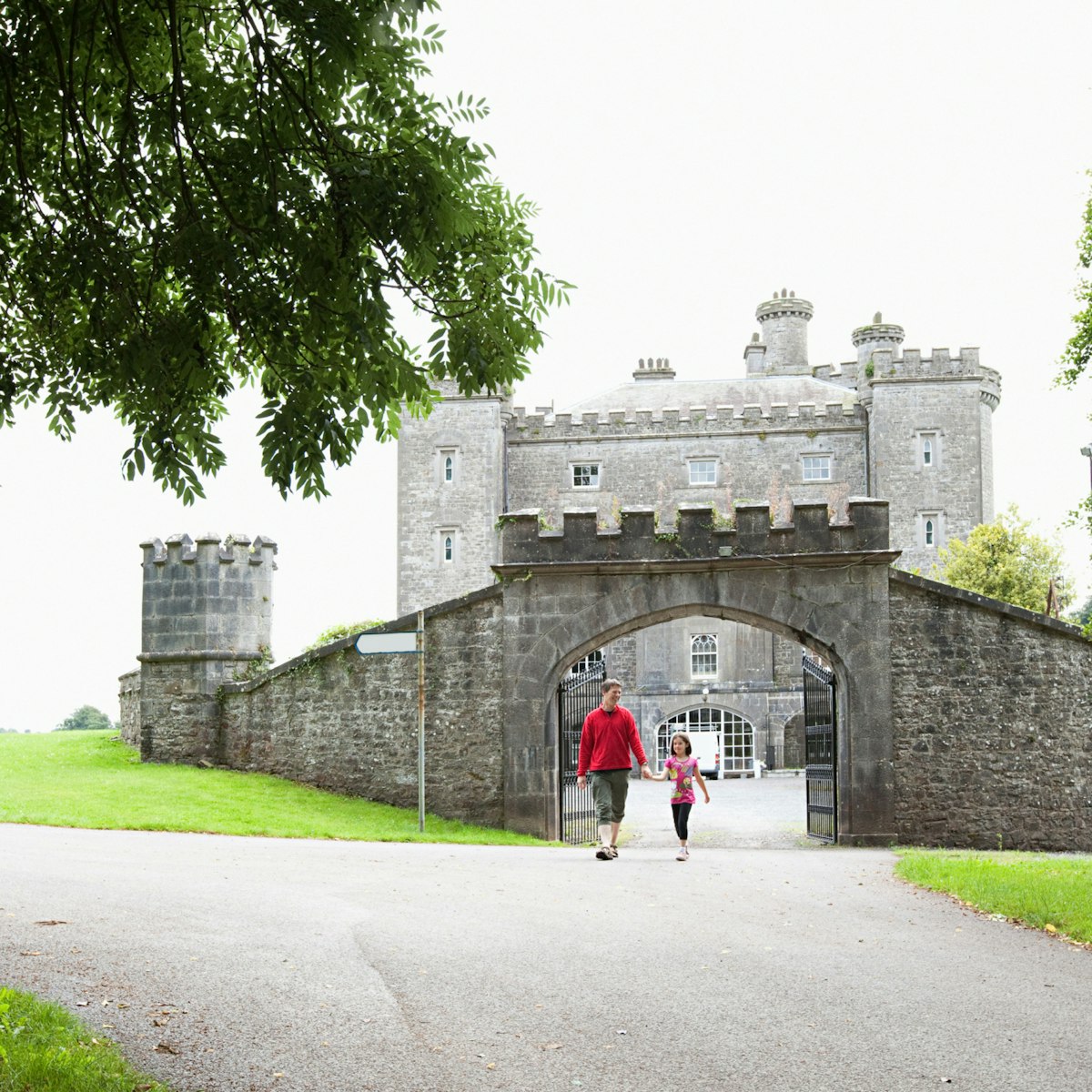Whatever reputation Dublin has as a repository of world-class art has a lot to do with the simply stunning collection at this exquisite gallery, housed in the equally impressive Charlemont House, designed by William Chambers in 1763. Within its walls you'll find the best of contemporary Irish art, a handful of impressionist classics and Francis Bacon's relocated studio.
The gallery owes its origins to one Sir Hugh Lane (1875–1915). Born in County Cork, Lane worked in London art galleries before setting up his own gallery in Dublin in 1908. He had a connoisseur’s eye and a good nose for the directions of the market, which enabled him to build up a superb collection, particularly strong in impressionists.
Unfortunately for Ireland, neither his talents nor his collection were much appreciated. Irish rejection led him to rewrite his will and bequeath some of the finest works in his collection to the National Gallery in London. Later he relented and added a rider to his will leaving the collection to Dublin but he failed to have it witnessed, thus causing a long legal squabble over which gallery had rightful ownership.
The collection of eight paintings (known as the Hugh Lane Bequest 1917) was split in two in a 1959 settlement that sees half of them moving back and forth every six years. From 2015 the gallery has Les Parapluies by Auguste Renoir, Portrait of Eva Gonzales by Edouard Manet, Jour d'Été by Berthe Morisot and View of Louveciennes by Camille Pissarro.
Impressionist masterpieces notwithstanding, the gallery’s most popular exhibit is the Francis Bacon Studio, which was painstakingly moved, in all its shambolic mess, from 7 Reece Mews, South Kensington, London, where the Dublin-born artist (1909–92) lived for 31 years. The display features some 80,000 items madly strewn about the place, including slashed canvases and the last painting he was working on.
The gallery is also home to a permanent collection of seven abstract paintings by Irish-born, New York–based Sean Scully, probably Ireland's most famous living painter.
At noon on Sundays, from September to June, the art gallery hosts concerts of contemporary classical music.








